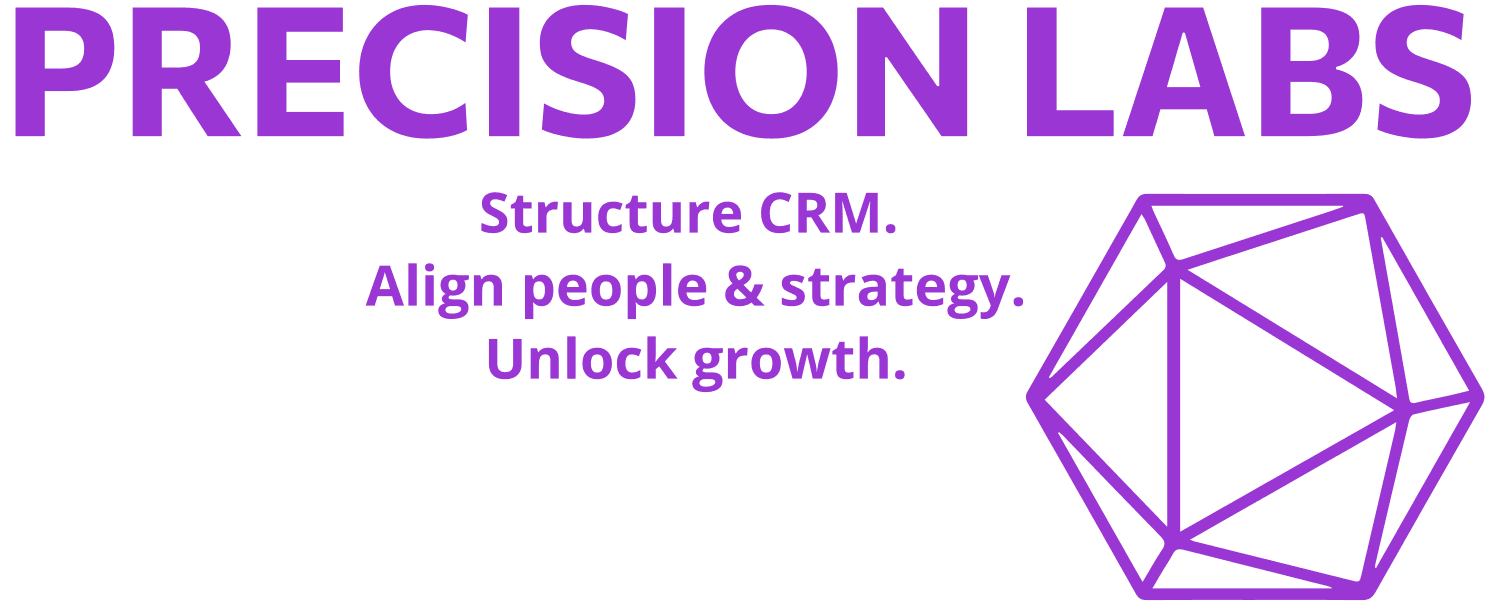Why is your sales process slowing down? Six concrete actions from the SPICED framework that can improve results
When sales numbers fall short of budget, it often comes down to a lack of structure and insights in the sales process. Frameworks like MEDDIC, MEDPIC, BANT, SPIN, NEAT, GAP, and Sandler provide ways to organize the sales process, but SPICED stands out with its clear, customer-centric focus. SPICED – Situation, Pain, Impact, Critical Event, and Decision Process – is about mapping the customer’s situation and understanding their most pressing challenges, while adapting the solution to the customer’s unique context and needs. This approach helps sales teams build deeper relationships and position themselves as valuable problem solvers, which is critical in today’s competitive market.
Here are six common challenges that often slow down sales, and how a data-driven SPICED approach in HubSpot can solve them. Many of these solutions may seem obvious to experienced salespeople, but the real question is whether your CRM system is tailored to the methodology – and whether your team is actually using it systematically. Have you ensured that each pipeline stage, automation, and data point in HubSpot supports a structured sales process?
1. Incomplete understanding of the customer’s situation – SITUATION
Challenge: When the sales team lacks detailed insight into the customer’s current situation, they risk making inaccurate offers and seeing a lower hit rate.
Solution (Situation): Use HubSpot to create custom fields and checklists that document the customer’s operational environment and needs. This structured, data-driven approach ensures the sales team has a thorough and up-to-date picture of the customer’s situation before the deal progresses.
2. Insufficient understanding of pain points – PAIN
Challenge: If the team does not clearly identify the customer’s pain points, they may miss the chance to deliver a solution that addresses real challenges and needs.
Solution (Pain): In HubSpot, you can create fields and automated workflows that ensure the customer’s pain points are mapped and analyzed. This data collection gives the team better insights into what drives the customer’s needs, leading to more precise proposals.
3. Lack of focus on the impact of customer challenges – IMPACT
Challenge: Without understanding how the challenges affect the customer’s financial and operational performance, it becomes hard to communicate the full value of your solution.
Solution (Impact): Use HubSpot to document how the customer’s problems impact their results. This creates a data-driven approach that allows the team to formulate a strong value proposition and demonstrate potential savings and benefits.
4. Missing mapping of critical events – CRITICAL EVENT
Challenge: Without knowing the customer’s critical deadlines and events, the sales process can stall or be delayed because the customer lacks the incentive to act quickly.
Solution (Critical Event): Set up automated alerts in HubSpot to track the customer’s deadlines and critical events. Use data to identify buying triggers and visualize the pipeline around these time points. This helps the team proactively adjust their follow-up and offers.
5. Unclear decision-making process – DECISION PROCESS
Challenge: When the sales team does not understand the customer’s decision-making process, the deal may be delayed because the right decision makers are not involved early enough.
Solution (Decision Process): With HubSpot, you can use custom pipeline stages and segmentation to document and map the customer’s decision-making process. This makes it easier for salespeople to involve the right stakeholders at the right time and creates a structured path through the sales process.
6. Lack of systematic qualification and follow-up
Challenge: When qualification is not systematic and thorough, there is a risk of overlooking potential customers or wasting time on low-value leads.
Solution (Systematic Qualification): SPICED can be integrated into HubSpot as part of the pipeline stages, ensuring that data on the customer’s situation, pain points, and decision-making process is collected systematically. Automated reminders ensure consistent qualification and that leads do not slip through the cracks.
Conclusion
By using the SPICED methodology in HubSpot, the sales team gains a structured, data-driven approach that ensures every step in the sales process is documented and followed up in a way that aligns with internal guidelines and creates value for the customer. If you are considering implementing SPICED yourself, or just have some questions along the way, feel free to get in touch – a good sales conversation is always welcome, and there may be a tip or two to share!

